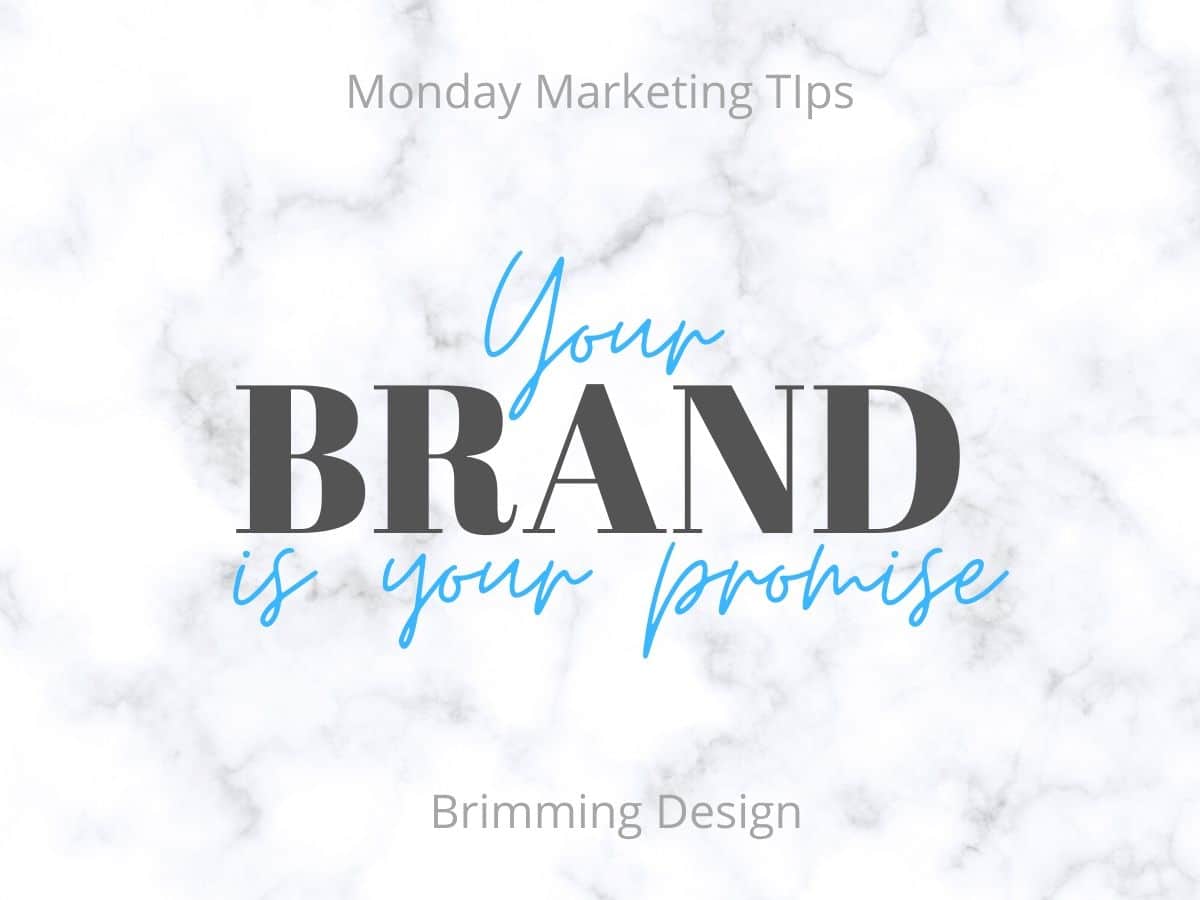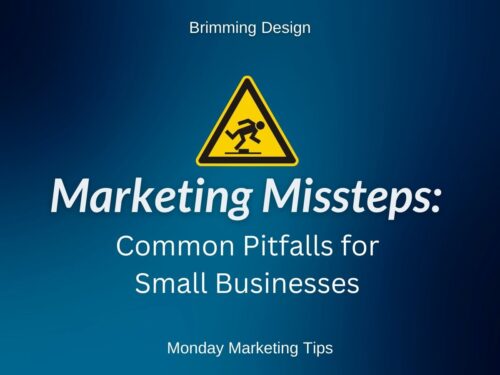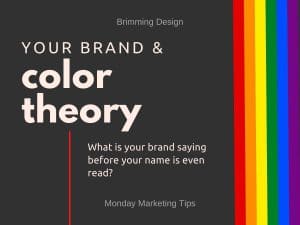Recently I read a good article “The Basics of Branding” from Entrepreneur that describes your brand as your promise to customers. This is one of the best definitions of branding I have heard. Here is a summary.
Your brand is derived from who you are, who you want to be, and who people perceive you to be. It tells your customers what to expect and how you are different from your competition. You can’t be everything to everyone, so choose your target. Who are your best customers and how do you want to see you? What do you want to say to them? Define your own brand specifically toward your answers to these questions.
What Makes A Brand
Each brand is comprised of every interaction customers and employees have with your company. All communications, messages, advertisements, interactions, and follow-ups are part of it. If you advertise quality and speak of quality then your customer expects quality. That’s why your brand is a promise to your customers. Post-sale experiences and employee chatter are also part of your brand. The value of your reputation and perceived quality is Brand Equity. It allows you to set prices higher than your competition and comes down to trust. Buying decisions are emotion-driven so be sure you are meeting your customer needs.
Defining Your Brand
Defining your brand requires understanding your business. The uncomfortable parts, where you must choose a direction and set policies, are what define your brand. Many times these are determined as problems arise. How you handle those problems, with products or people (customers and employees) brands you. Find out what both groups think about your company and then define your brand direction proactively. What is your mission? What qualities do you want to be associated with your company?
Embedding The Brand
Once defined, get your brand out there!
- Use your logo consistently everywhere. Make everything match visually. Your brand should be consistent across all areas, from email footers, forms, and signage to your Google business page.
- Train employees on the key messages you want to be the core of all communications including all written and verbal touchpoints. Reflect the brand using a “voice” you have chosen, i.e. friendly and helpful.
- You can incorporate a tagline with your logo to express your purpose immediately.
- Deliver on your promises. Happy customers are your best advertising.




